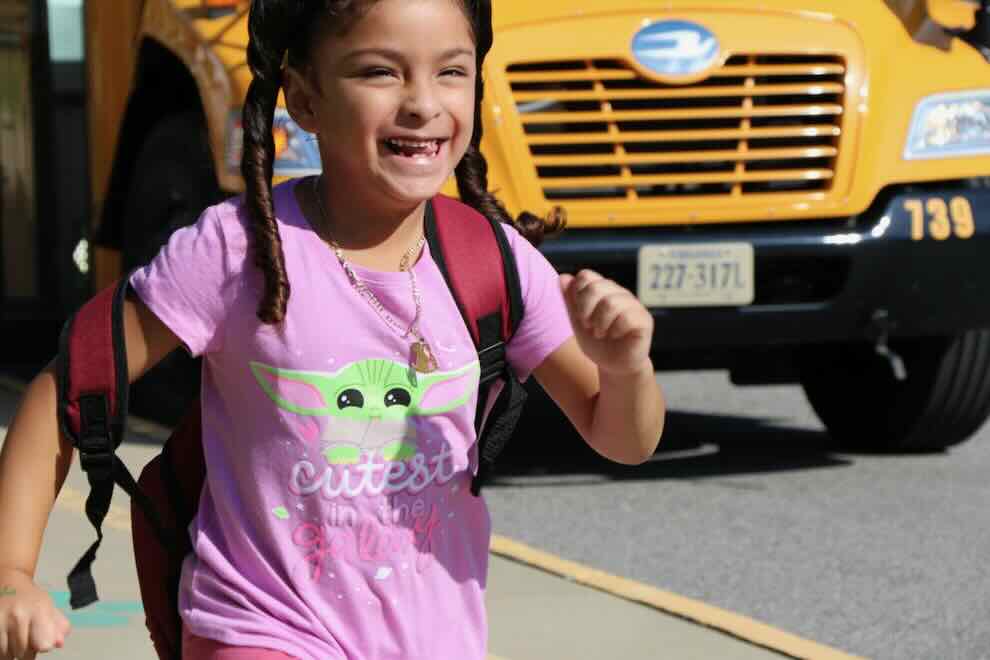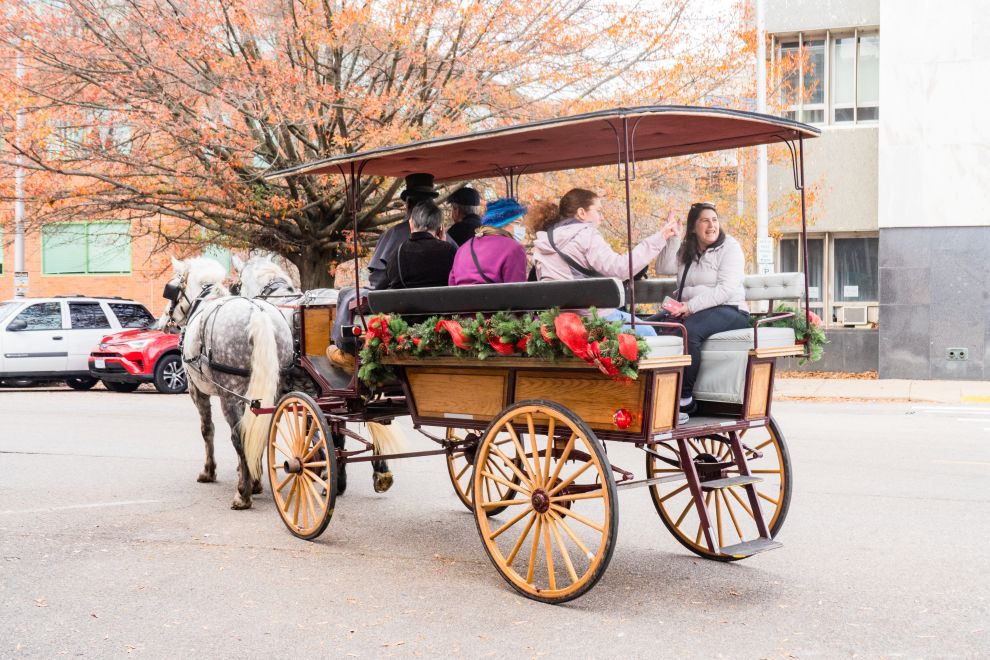September means many area students have returned to school. That also means it’s time for drivers to be focused and vigilant, especially before and after school when buses and students are more likely to be on the roads.
This time of year is particularly dangerous. There are school buses, commuters, new drivers heading to high school, parents dropping off and picking up students, pedestrians, and bicyclists sharing the road. While traffic patterns may change, the responsibility for keeping students safe does not. It’s important that all drivers, as well as pedestrians of all ages, remain alert and follow basic precautions.
Here are some safety tips as the new school year gets underway:
Drop-off and pick-up tips
- Always follow the school’s drop-off and pick-up procedures, and be mindful that these may have changed.
- Don’t double park. It blocks visibility for other children and vehicles.
- Don’t load or unload children across the street from the school.
- Have kids exit the vehicle curbside every time. Children should never open the car door into an oncoming traffic lane or cross around the front/back of the car to get to the curb.
- Slow down, eliminate distractions, and always be alert for children.
Safety strategies for drivers
- Always stop for school buses. Flashing yellow lights on a school bus indicate it is preparing to stop to load or unload children, and motorists should slow down and prepare to stop. Red flashing lights and extended stop arms indicate the bus has stopped and children are getting on and off. Drivers are required to stop their vehicles and wait until the red lights stop flashing, the extended stop sign is withdrawn, and the bus begins moving before they can start driving again. It’s the law and can result in a hefty fine if you don’t obey it. Drivers do not have to stop if they are traveling in the opposite direction on a roadway with a median or barrier dividing the road and the bus is on the opposite side of the median or barrier.
- Keep track of time. Be aware of the time of day you’re on the road and how that coincides with the school day. More school-age pedestrians are killed from seven to eight in the morning and between three and four in the afternoon than during any other hours of the day. Allow yourself time to travel and drive the speed limit to reach your destination safely.
- Slow down. Whether in a school zone or residential neighborhood, drivers should keep their speed low and be prepared to stop quickly for increased vehicle and pedestrian traffic.
- Come to a complete stop. Always come to a complete stop, checking carefully for children on sidewalks and in crosswalks before proceeding.
- Eliminate distractions. Research shows that taking your eyes off the road for just two seconds doubles your chances of crashing. Children can be quick, crossing the road unexpectedly or emerging suddenly between two parked cars. Reduce risk by not using your cell phone while driving. Drive with intention.
- Obey traffic signs and signals. Unfortunately, many motorists violate stop signs in school zones and residential neighborhoods, with many failing to come to a complete stop, rolling through a stop sign, or not slowing down at all. Motorists are also running red stoplights, putting pedestrians and other motorists at risk. Drivers should always check and re-check sidewalks, crosswalks, and bike lanes before turning right on red.
Pedestrian safety tips
- Cross only at corners so drivers can see you. Never cross between parked cars or mid-block.
- Use a crosswalk when it’s available. Don’t assume that because you can see the driver, the driver can see you. Always use caution when crossing.
- Look all ways before crossing. Look and listen for cars, pedestrians, and bicyclists.
- Use the crosswalk push-button signal when possible, and cross when the signal allows. Confirm traffic has stopped, and cross when the light indicates it is safe to cross so you have time to cross safely.
- Watch for cars that are turning left or right while you are crossing.
- Walk on a sidewalk when it is provided. If you must walk in the street, walk facing traffic, on the left side of the road and as far to the left as possible. This helps you see vehicles if they are approaching in a dangerous fashion.
- Make it easy for drivers to see you. Dress in light colors, wear reflective material, or use a flashlight.
- Remove headphones and don’t use cell phones or electronic devices when crossing the street.
- Watch for white lights on the rear of vehicles in driveways or parking lots. These signal that a vehicle is backing up.
- Avoid walking alone when possible.
In a community, transportation safety is everyone’s responsibility. No matter how you get around in the Richmond region, following these basic guidelines can keep your loved ones safe during back-to-school season and all year long.





